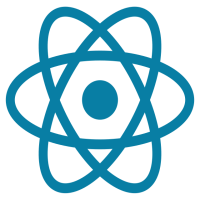
Mapping URL's
21-Jan-2024Effortlessly map URLs in Django with our quick guide. Learn the essentials of defining URL patterns for streamlined navigation and effective content presentation in your web applications.
Introduction
Efficient URL mapping is essential for creating a well-structured and navigable web application. In Django, the urls.py file plays a crucial role in defining how URLs are mapped to views, providing a clean and organized URL structure.
Basic URL Mapping
Start by creating a urls.py file within your Django app directory. Define URL patterns using the path function from django.urls:
# urls.py from django.urls import path from . import views urlpatterns = [ path('', views.index, name='home'), path('about/', views.about, name='about_page'), path('contact/', views.contact, name='contact_us'), ]
In this example, URLs such as /, /about/, and /contact/ are mapped to corresponding views (index, about, and contact, respectively).
Including Other URL Patterns
Organize your project's URLs by including app-specific URL configurations in the main project's urls.py:
# project/urls.py from django.contrib import admin from django.urls import include, path urlpatterns = [ path('admin/', admin.site.urls), path('app/', include('app.urls')), # Include app-specific URLs ]
This approach keeps individual app URLs encapsulated within their respective apps.
URL Naming
Assign names to URLs using the name parameter for easier referencing in templates and views:
# app/urls.py from django.urls import path from . import views urlpatterns = [ path('post/<int:post_id>/', views.post_detail, name='view_post'), ]
In this example, the URL pattern /post/<int:post_id>/ is named as view_post, enabling convenient references elsewhere.
Optional Parameters
Make URL parameters optional by specifying default values:
# app/urls.py from django.urls import path from . import views urlpatterns = [ path('category/<slug:category_slug>/', views.category_detail, name='view_category'), path('category/', views.all_categories, name='all_categories'), ]
Here, the category_slug parameter is optional, triggering default behavior if not provided.
Conclusion
Understanding and mastering URL mapping in Django is pivotal for creating a well-organized and maintainable web application. Utilize the provided examples as a foundation and adapt them based on your project's specific requirements.


